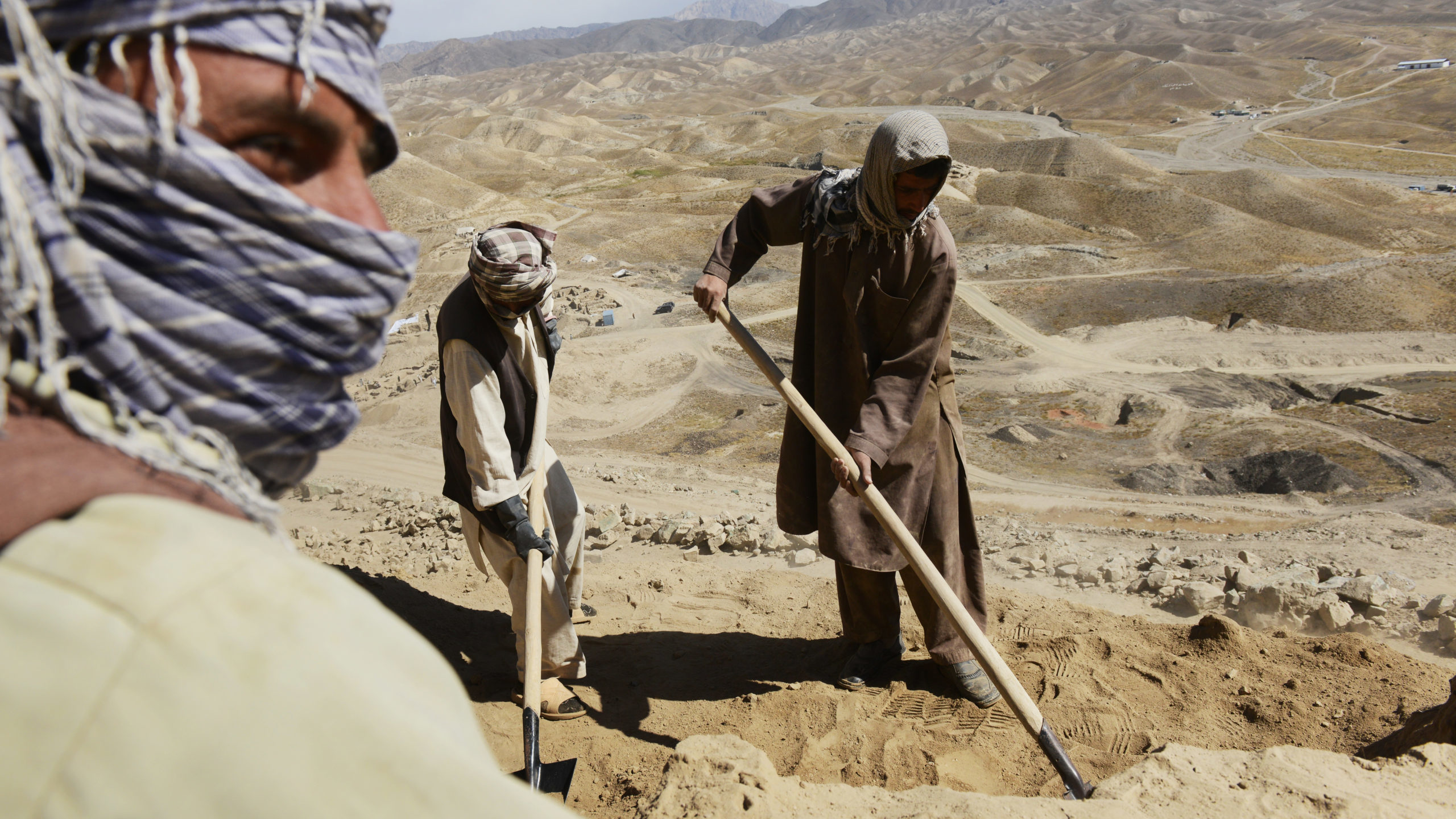Afghanistan and the Importance of Its Mineral Wealth
Al-Ittihad, UAE, August 26
Major political events are typically accompanied by exaggerations – either to deflect attention away from more important issues or to justify a certain political action. The current developments in Afghanistan, the withdrawal of US forces from the country, and the rise of the Taliban regime is no exception to this rule. Throughout the past few days, social media platforms abounded with great exaggerations about the extent of natural resources found in Afghanistan, concluding that there will be an international conflict, especially between the United States and China, over Afghan minerals! The theory focuses specifically on copper and lithium, which are vital for technology industries, clean energy facilities and electric vehicle batteries. The conclusion about the importance of these two metals is absolutely correct; demand for them in global markets is constantly rising with the expansion of clean energy plants, including solar energy, as well as the rapid spread of electric cars. Indeed, the World Bank expects that the demand for lithium will double five times within the next 30 years. However, what is incorrect is the exaggerated evaluation of Afghanistan’s mineral wealth. The commentators promoting such claims make it seem as if without Afghan mineral wealth there would be no technological progress or clean energy! The technological progress of renewable energy sources has continued in the past two decades, and has developed without the need for Afghan minerals. Yes, it’s true that Afghanistan contains great natural resources, which are estimated at millions of dollars. But these natural resources aren’t a part of any political calculus in the region. First, because there are many other countries whose lands contain much larger quantities of copper, lithium, silver, zinc and other minerals. None of these countries have been a clashing ground between great powers. The countries of Latin America, Africa and Asia contain large reserves of natural minerals. Chile, for example, is the largest copper-producing country in the world, followed by China, Peru, the United States and the Congo. Second: We do not believe that international companies will rush to invest in mineral extraction in Afghanistan, due to both the nature of the Taliban regime on the one hand, and the complete absence of regulation and legislation that protects foreign investments, on the other hand. As for China, what matters to Beijing is not the minerals that Afghanistan’s territory may present, but rather the geographic location of Afghanistan as a major logistical corridor for the Belt and Road Initiative. However, Beijing has plenty of alternatives, including countries neighboring Afghanistan, such as Tajikistan and Turkmenistan. Therefore, the speculations around a potential armed conflict between the US and China over Afghanistan’s natural resources is nothing more than an exaggeration. – Mohammed Al-Asoumi (translated by Asaf Zilberfarb)

